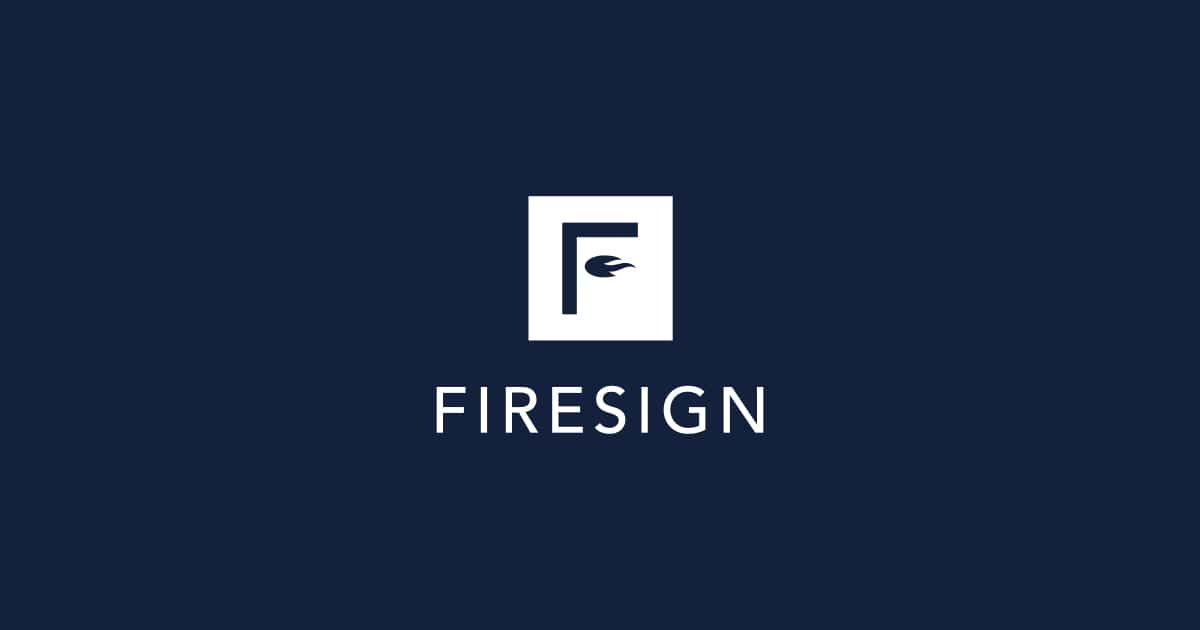A Request for Proposal can be an opportunity for new or expanded work – or it can be a waste of time for an incompatible or unprofitable client. Indeed, when it comes to RFPs, we side with BTI Consulting’s Mad Clientist: Not every opportunity is created equal.
Law firms should have “clear and decisive criteria” that helps them decide which RFPs to complete (and which to delete), says our dear Mad Clientist. A long-held best practice of other professional services firms (accounting, financial services and others), an RFP Go/No Go checklist can help generate more business, develop more long-term relationships and drive improved performance.
But how do you get started?
We visited with Elisabeth Megli, principal of Theme: Strategic Proposals, a certified proposal management professional who pioneered an RFP Go/No Go Checklist for an AmLaw 100 firm. She shared rationale and advice for implementing (and enforcing) firm criteria.
Why should a law firm make a formal process for RFP screening?
Megli: Firms with a formal Go/No Go process more efficiently use their time and resources and will likely improve their RFP response success rate.
A Go/No Go process to evaluate RFP opportunities requires the recipients to mindfully evaluate the opportunity and potential value through questions developed by firm leadership. These questions should enable partners to make a decision more objectively, “Can they pay our rates and what competitive qualifications do we offer?” versus subjectively, “I want to respond to introduce our firm to a potential new client.”
All law firms can benefit from creating and adhering to a process for responding to RFPs. Establishing a Go/No Go process is the first step in developing a culture that creates, follows and benefits from proposal and project processes.
What’s the harm in doing every RFP that comes by? (“Can’t win if you don’t play, right?”)
Megli: Pursuits are costly. Time is valuable. Relationships grow better with human-to-human connections than wordy paper submittals.
I recommend taking a more candid approach. Picking up the phone and explaining to an existing or potential client you are not well-suited to this RFP’s particular scope of work, but do have other capabilities and lawyers that can help their business, is more likely to open the door for an in-person meeting. An in-person meeting to introduce a practice’s capabilities is a much better environment for introductions and organic sales. Submitting RFPs as a way to get your firm’s information in front of a potential new client for the first time is harmful to your reputation and the firm’s profitability.
How do you get started outlining a Go/No Go process?
Megli: I have three recommendations:
- Use available resources. Check out this sample form provided by the Society of Marketing Professional Services. Shipley Associates regularly offers free webinars on best practices for pursuit and RFP processes and strategies.
- Begin with a conversation between firm leadership, frequent RFP recipients, and the administrative/marketing professionals involved in RFP responses. Plan to create a form or questionnaire and simple process for evaluating RFPs. If you don’t have the necessary internal resources, hire someone who has familiarity and experience with proposal best practices. Ask around and see if other firms have already established a Go/No Go process and can share some suggestions. They may even share their process or questions with you.
- Begin drafting your firm’s checklist by identifying the key factors you want to evaluate. This could be any combination of several factors – client familiarity and experience, project scope and relevant capabilities, profitability and required resources, client’s decision-making process and knowledge of decision-makers, the strength of your strategy, whether the cost to respond and maintain the relationship exceeds the value of the work.
A few strategic questions to consider:
- Who is the competition?
- Is our experience stronger than our competitors?
- Does our experience match the client’s needs and expectations?
- Can we claim some experience, strength or tool that our competitors cannot?
On the checklist, do you advocate an objective (points/criteria) or a subjective approach?
Megli: I advocate an objective approach. For example, a firm that has three options for each criterion can assign a points value to a multiple-choice answer. This eliminates impassioned pleas or demands to “respond to introduce ourselves.” Responding to an RFP to simply serve as an introduction to your firm when you’re not positioned to win will likely do more damage than good. An objective approach draws a line where no line previously existed. There will be growing pains as leadership makes tough decisions when a “no-go” decision is made, but establishing boundaries will help your firm to grow strategically, not haphazardly.
Once a checklist is in place, how do you evaluate success?
Megli: Do a six-month check-in: Is the process consistently used? Has it eliminated pain points for lawyers, business development teams and firm leadership? Does the team feel the dollars spent were wisely invested? Has your rate of success improved?
A telling factor is to compare your win rate before and after the process is implemented. If you are vetting each opportunity, collecting the right information, and implementing a strategic proposal plan, you should end up with stronger proposal responses and a higher win rate.

